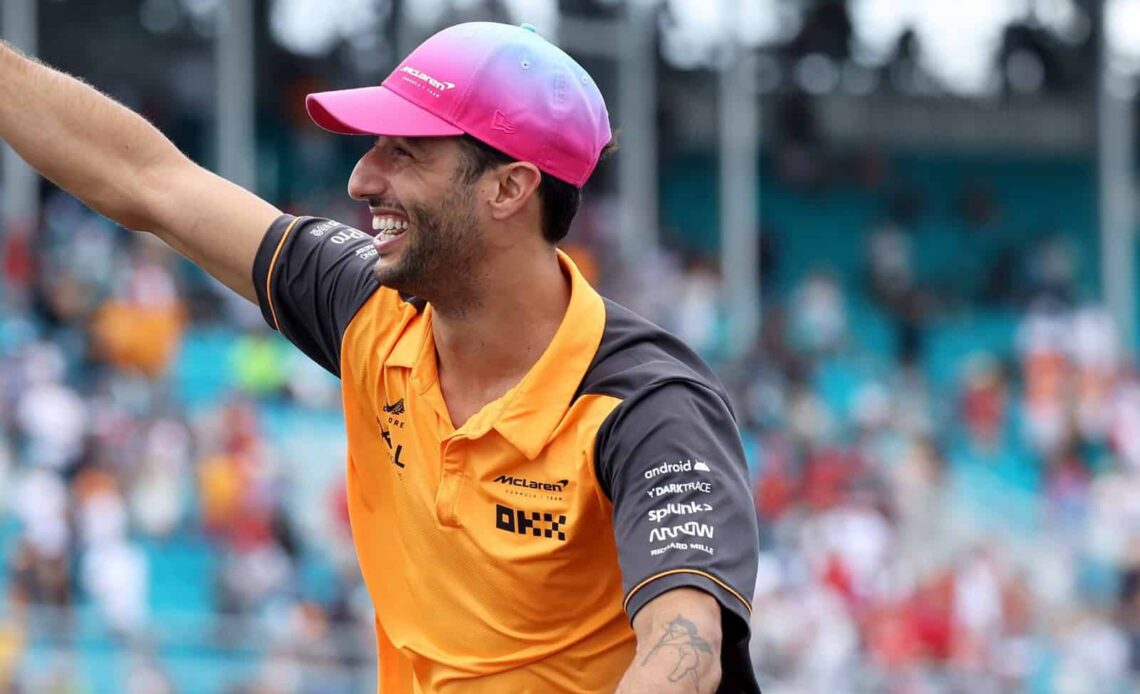In 2008, the global economy collapsed.
The domino effects were felt all throughout racing. In NASCAR, for instance, multiple teams merged and others shut down due to the sudden lack of sponsorship. American Open Wheel racing was forced to remerge into IndyCar in order to stay alive.
Even the glamorous world of Formula One dramatically felt the impact. BMW, which had bought into the Williams team just a year earlier, suddenly had cold feet and pulled out of F1. Honda followed, leaving a shell behind for Braun Racing to shockingly win the 2009 constructor’s championship and provided a base for Mercedes to return to Grand Prix racing the next year.
Following the 2009 season, Toyota completely dropped out of F1. Their decision, which meant just 18 cars on the 2010 provisional grid, led to the FIA and FOM to approve three new teams for that season.
All three teams joined F1 with the expectation that they would be operating under a cost cap. However, at the 11th hour, the bigger teams vetoed the cap and it was not put into effect. The result was that all three teams would be woefully underfunded compared to the rest of the field.
The full story of all three teams will be told over two Only Yesterday columns, with this column covering two of the three new teams and the last coming later on this year. USF1 and its failures was such another kettle of fish that they may well be covered in the future. For now, though, the tale of Virgin Racing, Hispania Racing and Lotus F1 begins here.
Hispania, which henceforth shall be known as HRT, is the punchline to almost every single joke about this era. They raced three seasons before folding following 2012.
Their first car, the F110, received no mid-season upgrades after the original owners of the entry were unable to pay Dallara or engine supplier Cosworth. The car completely missed preseason testing and ran its first official laps when Bruno Senna drove three installation laps in Q1. The team’s other driver, Karun Chandhok, was unable to participate entirely on Friday as his car wasn’t ready yet.
Maybe the craziest part of that first weekend is that it was the most successful first weekend in the team’s history, as it would outright DNQ the opening weekends in 2011 and 2012 due to falling below the 107% rule. Even still, the only reason they made the race in 2010 was because the rule wasn’t in use at the time….
Click Here to Read the Full Original Article at …

